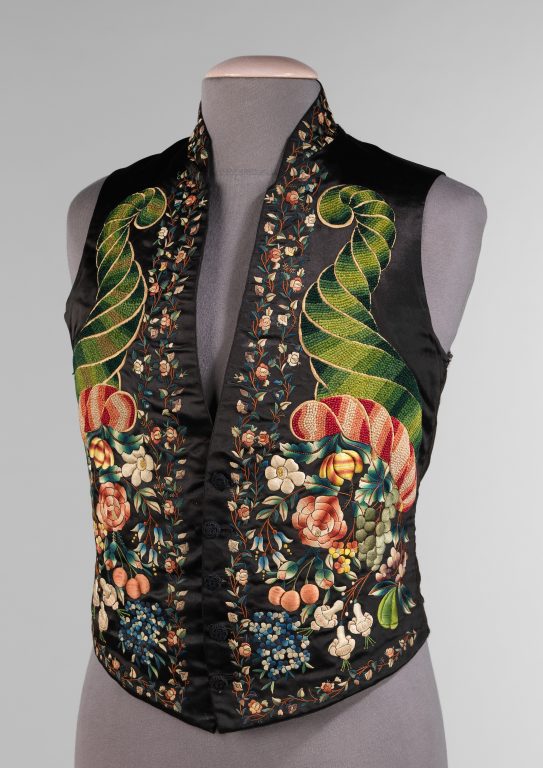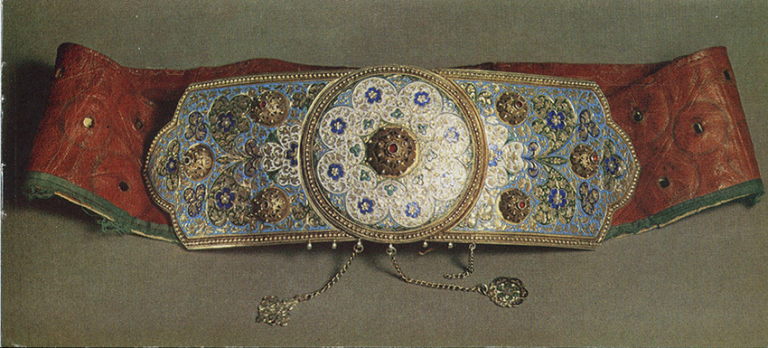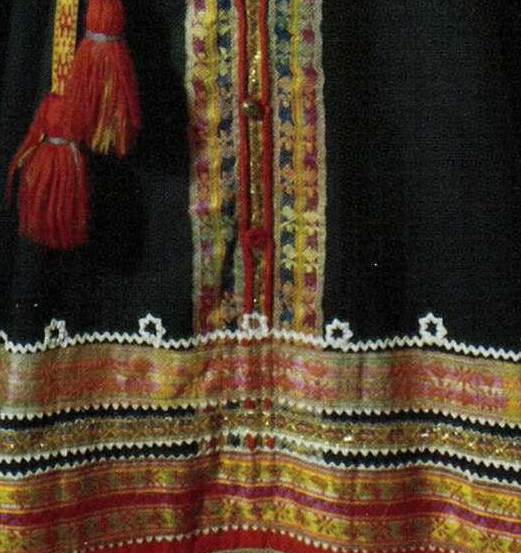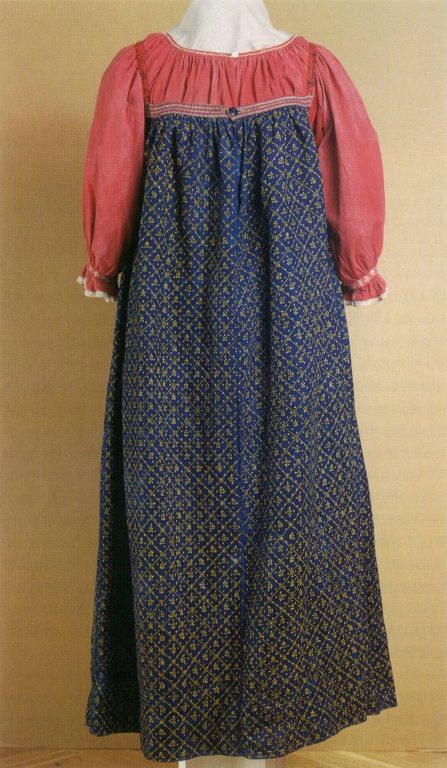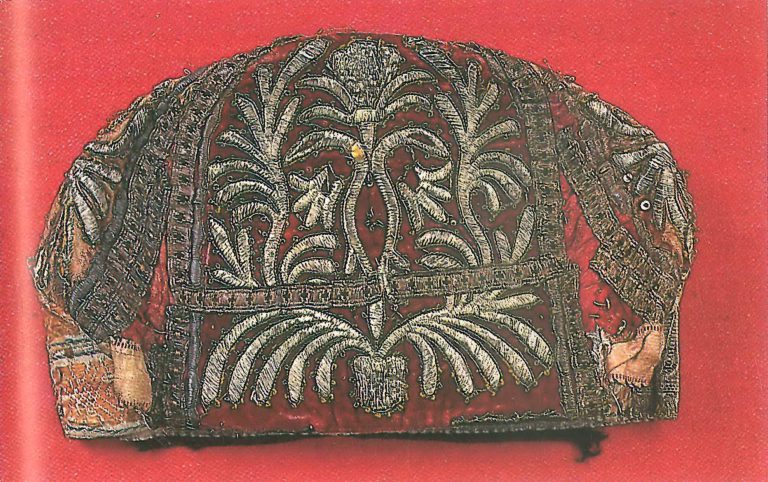

-
Type of sourceDatabase “Metropolitan Museum of Art”
-
Fund that the source refers toMetropolitan Museum of Art
-
Waistcoats of the 18th and 19th centuries served as a layer protection and ornamentation during a period in fashion when the coat was intended to be left open in the front. The color was often chosen to complement the suit and covered in imaginative embroideries, heavily woven patterns or shiny satins made to draw the eye. The style of the neck, the length and the hem treatment fluctuated as the tastes changed from over-sized coats of the early 18th century to narrow tightly fitted coats of the late 18th century and onward.
The elaborate embroidery pattern on this vest is well designed and rendered with heavily textured cornucopias next to delicate flowers in ombréd tones to add depth and realism. Vests of the 18th and 19th centuries were seen as a vehicle of self-expression, much as a necktie is seen today. This particular vest, with its cornucopias symbolizing abundance and fulfillment, was inspired by the intricate embroidered waistcoats of the previous century.


